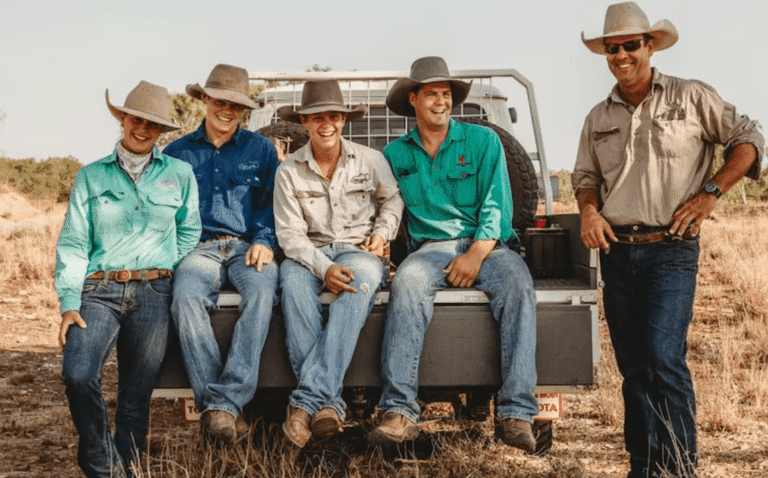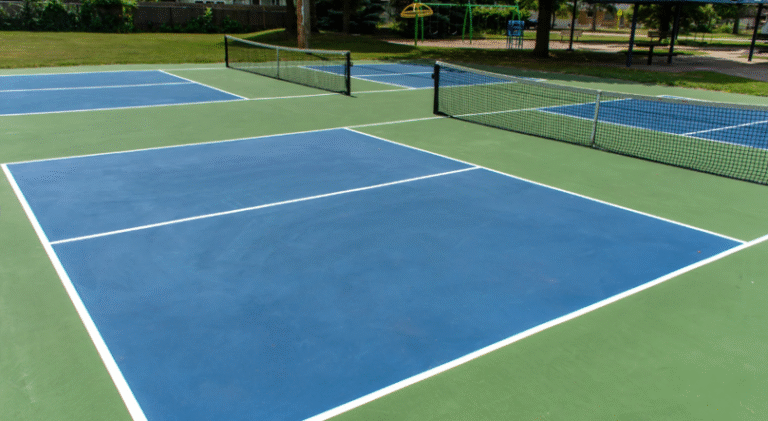Designing Outdoor Spaces That Promote Mental Wellness
Thoughtfully designed landscapes do more than beautify a property, they actively support emotional well-being. In fact, outdoor areas tailored for relaxation and calm are becoming essential features for those investing in landscaping design in Johns Creek. By integrating elements that promote serenity, movement, and connection to nature, outdoor spaces can help reduce stress, improve mood, and create balance in daily routines.
Designing with intention transforms a simple backyard into a space that restores focus and invites mindfulness. The layout, materials, and textures all play a role in shaping how people feel and interact with their environment.
The Mental Health Benefits of Intentional Landscaping
Exposure to natural elements has been shown to ease anxiety, support mental clarity, and enhance emotional resilience. Spending time in green spaces allows the brain to shift into a restorative state, which helps counteract the constant stimulation of indoor environments. Privacy hedges, layered plantings, and soft pathways allow for quiet moments and reduce sensory overload.
One feature that aligns especially well with wellness-driven landscapes is the use of natural stone textures. Introducing features such as river rock landscaping not only adds visual depth but also contributes to a grounded, earthy feel that complements calming outdoor settings. These stones create tranquil footpaths, define garden borders, and support low-maintenance design with visual structure.
Designing for Balance, Movement, and Stillness
Landscapes that support mental wellness strike a balance between motion and stillness. Meandering paths lined with grasses and native shrubs encourage slow movement, while open lawns and secluded seating areas invite moments of reflection. Incorporating specific plant textures and natural materials can further stimulate sensory awareness and promote mindfulness.
Before selecting materials or features, it’s important to understand how the lawn functions as a foundation. Identifying the different types of grass already present ensures the space supports cohesive growth and visual consistency. This step also allows professionals to create transitions between turf, hardscape, and garden beds that enhance flow and structure.
Natural sounds, such as wind rustling through trees or water flowing from a small fountain, contribute to a soothing environment. Planting aromatic herbs and flowering shrubs near walkways engages the senses and increases the therapeutic effect of the landscape.
Added Property Value and Long-Term Appeal
In addition to emotional benefits, wellness-focused outdoor design contributes to long-term home value. Beautiful, purposeful landscapes improve curb appeal and attract prospective buyers. Features such as privacy screening, layered plantings, and cohesive hardscape layouts are not only functional but also elevate the entire property’s presentation.
This connection between landscaping and return on investment is supported by studies showing how landscaping enhances property value when executed with intention. A well-maintained, wellness-centric design can be a defining asset for any home, offering both personal and financial rewards.
Conclusion
Creating outdoor spaces that promote mental wellness requires more than aesthetics, it demands thoughtful planning and professional execution. From landscaping design projects to full-scale property enhancements, incorporating calming materials, diverse textures, and restorative layouts leads to landscapes that support peace of mind and sustained property value.





